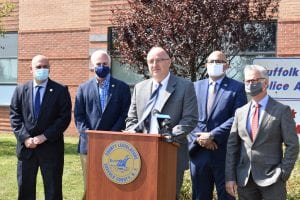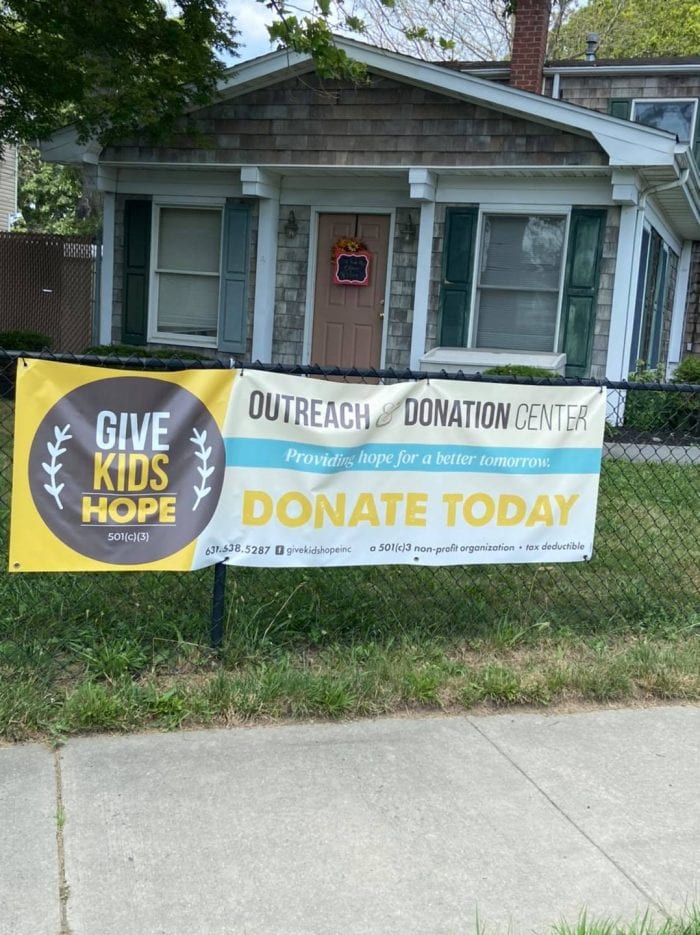*Update* On Sunday, the Port Jefferson School District updated parents saying that after the middle school student was determined as positive for COVID, the Department of Health has quarantined a number of other students and staff who were determined to be in contact with the individual. All the individuals have been notified by the district.
The Department of health has determined students are cleared to return to the building on Monday. Staff not made to quarantine are supposed to report Monday as well as the students scheduled to be in school for learning that day.
“The situation today is a reminder about the importance of social distancing,” said Superintendent Jessica Schmettan in a letter to parents. “The community needs to remain vigilant to avoid closures in the future.”
Original Story
The evening of Friday, Sept. 18, both the Rocky Point and Port Jefferson school districts reported positive COVID cases among a single student each.
Rocky Point Superintendent Scott O’Brien wrote in a letter to parents Sept. 18 that a student at the high school had tested positive for COVID-19. The district said they were in contact with the Suffolk County Department of Health, and “all appropriate areas are being cleaned and disinfected over the weekend.” The school is planned to reopen Monday to follow the school’s hybrid schedule.
“As per the Suffolk County Department of Health, the individual who has tested positive for COVID-19 was last in the building Thursday, Sept. 17 and will not be allowed to return to school for at least 10 days after a negative test result has been provided to the district,” the school’s statement read.
The district is assisting the county DOH in contact tracing. Those contacted by the DOH will need to remain quarantined for 14 days from last exposure to the individual.
PJSD
Following another case Monday where Port Jefferson School District officials said an elementary student had tested positive, the district again sent a message to parents Friday saying that, after dismissal, the district was notified a middle school student had tested positive.
“We have been in contact with the Department of Health and have begun contact tracing procedures,” the district said in its notice to parents. “Students or staff members that were in contact with this student will receive a separate correspondence and a possible quarantine from the Department of Health.”
The district asked that people be mindful of their interactions with people as the investigation by the DOH is ongoing. The district said it will update parents of any further details once they recieve more guidance from the department of health.


















 When a client brings their pet into my office and states that they are drinking more and urinating in the house a few common diseases come to mind. One prominently on the list is Cushing’s disease. Cushing’s disease is caused by hyperadrenocorticism, or an overactive adrenal gland. The adrenal glands are two small glands that sit in front of the kidneys and are responsible for homeostasis. Homeostasis, as described to me back in veterinary school, is “keeping our bodies even in an uneven world.”
When a client brings their pet into my office and states that they are drinking more and urinating in the house a few common diseases come to mind. One prominently on the list is Cushing’s disease. Cushing’s disease is caused by hyperadrenocorticism, or an overactive adrenal gland. The adrenal glands are two small glands that sit in front of the kidneys and are responsible for homeostasis. Homeostasis, as described to me back in veterinary school, is “keeping our bodies even in an uneven world.”



